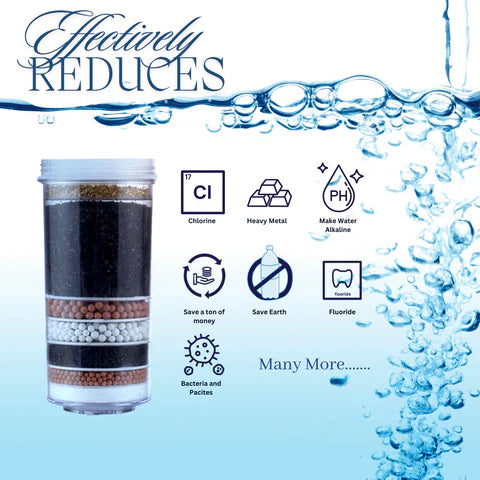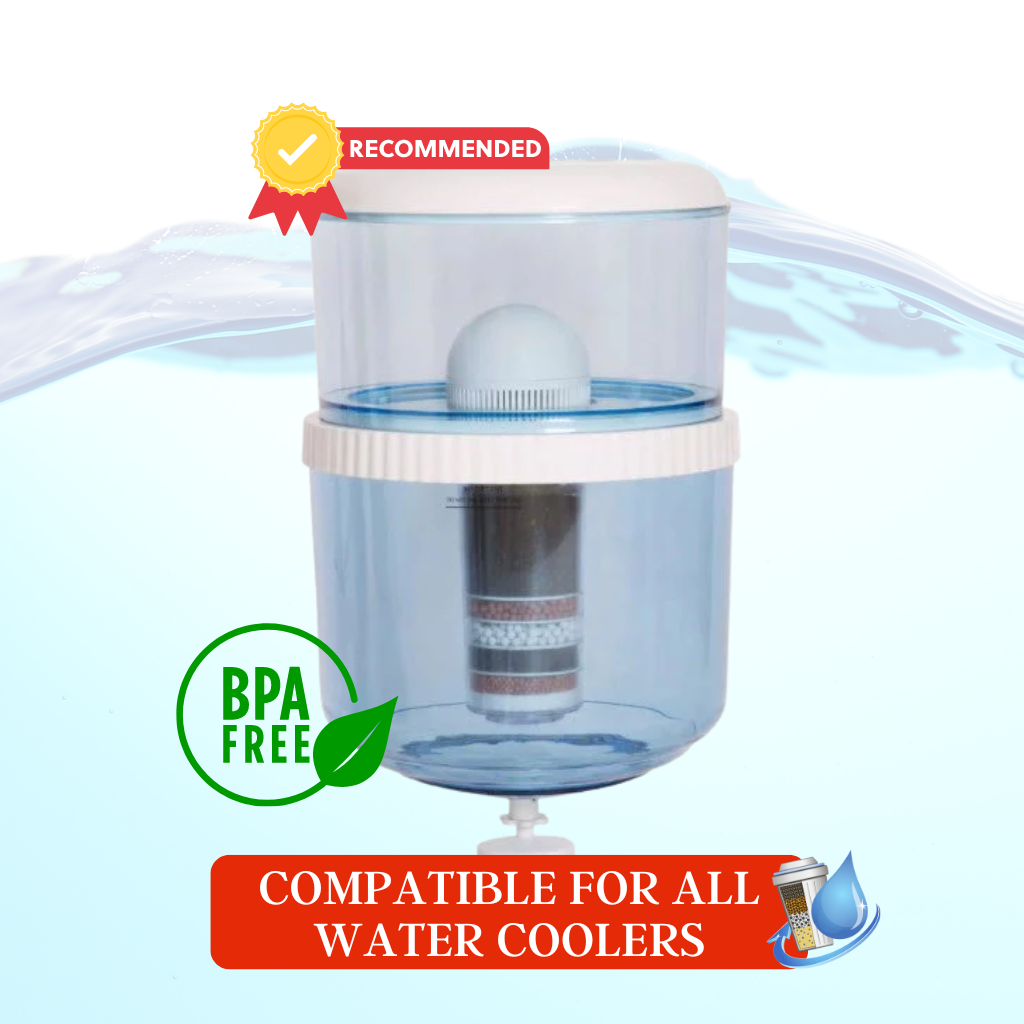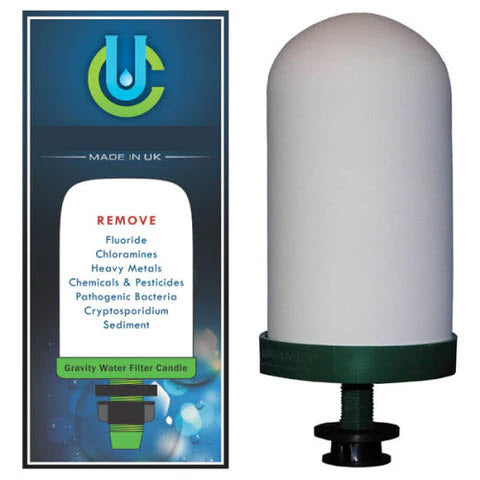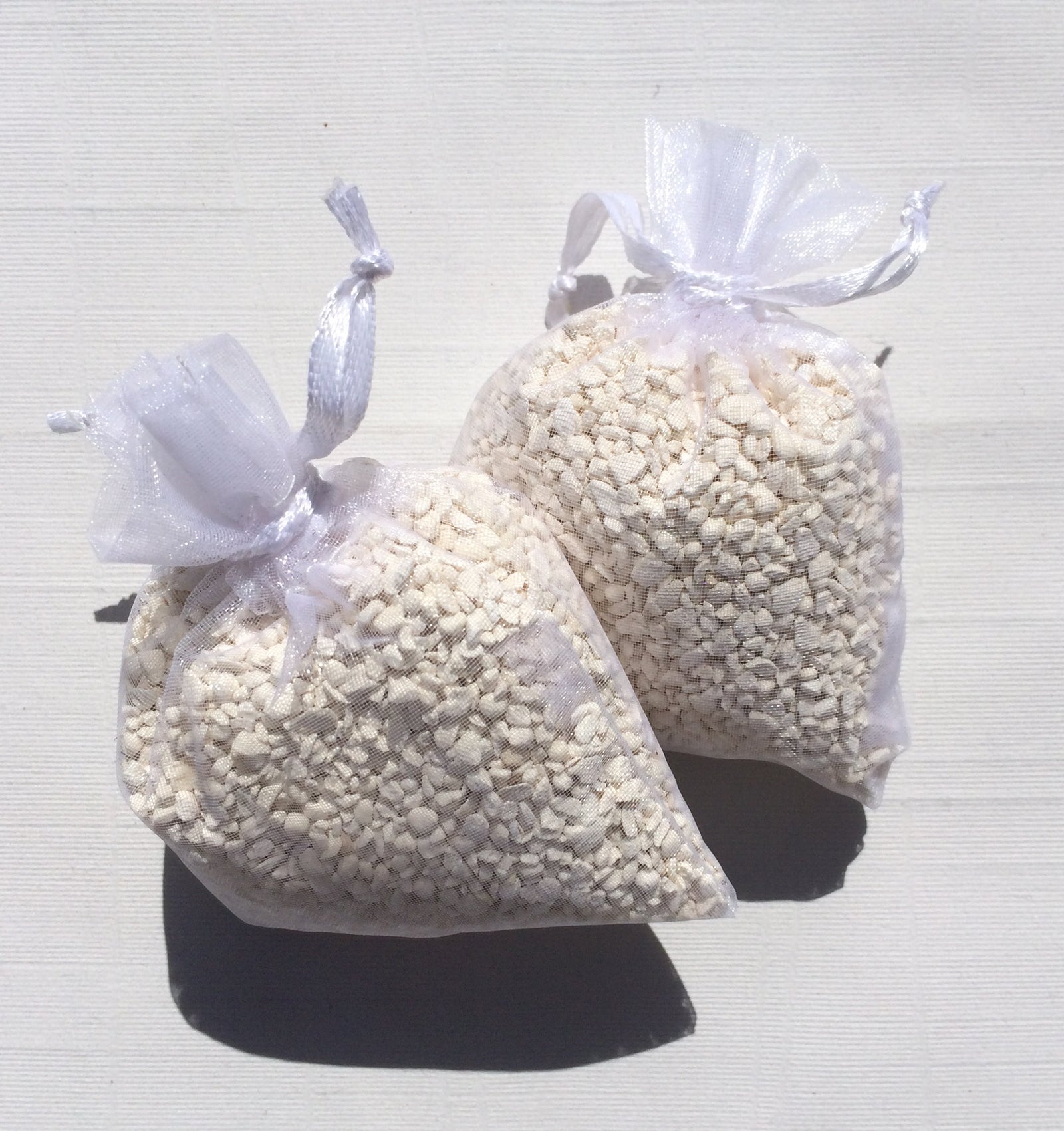Delivered quickly and they were easy to replace.
Great Awesome Deals! Fast Shipping Across Australia!
Menu
-
- Personalised Water Filter Order & Invoice Assistance
-
Water Coolers
-
Water Filters & Purifiers
- Water Cooler Spare Parts
-
Water Filter System
- Water Filter Cartridges
- Water Filter Jug
- Water Bottle
- Benchtop Water Filter
- Water Distiller
- Replacement Water Filter Cartridges Guide
-
Locations
- Awesome Water Filters in Adelaide
- Awesome Water Filters in Darwin
- Awesome Water Filters in Hobart
- Awesome Water Filters in Brisbane
- Awesome Water Filters in Gold Coast
- Awesome Water Filters in Wollongong
- Awesome Water Filters in Sydney
- Awesome Water Filters in Melbourne
- Awesome Water Filters in Perth
- Awesome Water Filters in Canberra
-
- Home
- FAQ
- Contact Us
- Shipping | Return | Refund | Warranty
- Install it with Airtasker
- Awesome News
- 1-800-789-781
- Login

Great Awesome Deals! Fast Shipping Across Australia!
Reverse Osmosis Water Filter Buying Guide
May 13, 2022 7 min read
A reverse osmosis water filter is widely considered as one of the most successful water filtering systems. It produces clean, great-tasting water. RO systems are utilised for various purposes, including whole-house filtration, aquarium filtration, faucet filtration, and restaurant filtration.
No matter what type of water you prefer, there's almost certainly a RO system to meet your demands. In the sections below, you'll learn what reverse osmosis systems are, how they work, and what they're used for.
What Is A Reverse Osmosis Water Filter?

When pressure forces unfiltered water or feed water across a semipermeable membrane, reverse osmosis removes contaminants. Water moves from the more concentrated part of the RO membrane (which has more impurities) to the less concentrated area to provide safe drinking water (with fewer contaminants). The permeate is the freshwater produced. The concentrated water that stays is known as waste or brine.
Small pores in a semipermeable membrane limit contaminants while allowing water molecules to move through. Water concentrates as it flows through the membrane in osmosis to achieve balance on both sides. On the other hand, reverse osmosis prevents contaminants from entering the lesser concentrated side of the membrane. Once RO is used on a volume of salt water, the salt is left behind, and only pure water comes through.
HOW REVERSE OSMOSIS WATER FILTER WORKS?
A prefilter filters chlorine and sediment from the water prior to forcing it via a semipermeable membrane to eliminate dissolved particles in a reverse osmosis system. Water leaves the RO membrane and passes through a postfilter to polish the water supply before entering a designated faucet. The number of prefilters and post-filters determines the stages of a reverse osmosis system.
WHAT DOES IT REMOVE FROM YOUR WATER?
The filter membrane removes dissolved solids like fluoride and arsenic. A RO system contains sediment and carbon filtration for a wider range of reductions. The sediment filter in an RO removes dirt and debris, while the carbon filters remove chlorine, foul taste and odours.
It removes the following:
- Salt
- Fluoride
- Chlorine
- Sediment
- VOCs
- Arsenic
- Pesticides and Herbicides
- All other water contaminants except bacteria and viruses.
BENEFITS OF USING A REVERSE OSMOSIS WATER FILTER
An RO water filter system is one of the most extensive filtration systems you can avail for your home. It can filter out 98 per cent of dissolved solids. That's why it's safer to drink. However, it's less efficient than a RO system. The only alternative drinking water system which decreases TDS is a water distiller.
- Reduced levels of harmful dissolved pollutants
- Reduced sodium intake.
- Bad scents and tastes are decreased.
- Bottled water is more environmentally friendly.
- Simple to set up and manage.
- Fits neatly behind the kitchen sink.
IS USING AN RO SYSTEM GOOD FOR THE ENVIRONMENT?

You must remove chemicals and other impurities from the water before you may recycle. Wastewater is either transferred to a water treatment plant, diluted to make it easier to treat, or to riverbeds, where it's filtered by nature.
An RO system improves waste treatment efficiency. It's because it removes chemicals during the carbon filtration stage, reverse osmosis water discharged from your home is chemical-free. The dissolved inorganics concentration in the residual brine water is only slightly better. Since no new pollutants are added to the water supply when RO water drains from your house, the system speeds things up in the recycling process.
IS IT A GOOD IDEA TO USE AN RO SYSTEM FOR THE WHOLE HOUSE?
Water can be treated for the entire house using reverse osmosis. However, using a RO system may be overkill provided that your water has specific contamination that necessitates reverse osmosis. An RO system addresses particular issues such as saltwater intrusion through a well or high silica levels in the water.
The flow rate required to pressurise an entire house is insufficient for a RO system. A big booster pump offers appropriate water pressure in the rare case that a full house needs RO water. A UV system is required in addition to a huge water pump and storage tank to disinfect the water when it leaves the tank.
When acquiring a RO system for the entire house, homeowners have a lot to think about. If you have water with bad enough quality to need a whole-house reverse osmosis system, you probably have other problems that needs fixing before the water reaches the RO membrane. The scale will form on the membrane due to high water hardness, lowering its performance and leading it to fail prematurely. Pollutants like iron can clog the membrane and be removed from the water before the reverse osmosis system can cure it.
HOW LONG DO REVERSE OSMOSIS FILTER LAST?

If properly maintained, they have a lifespan of 10-15 years. It means that you replace the cartridges every year. You must also inspect the parts regularly for any problems.
Storage tanks and pipes, for example, may wear out over time. It's common since air and moisture will react with the fittings, piping, tank, housing, and other water filtration system components over time. The reaction could cause leaks or fractures, exposing bacteria or toxins to your drinking water.
While a RO water system is highly strong, its filters will eventually wear out. These devices require a little maintenance every year to keep them working properly. Otherwise, you'll be drinking tap water rather than RO water.
The RO filtration process includes three steps when working properly: a sediment prefilter, a carbon prefilter, the reverse osmosis membrane, and finally, the carbon post-filter. To keep your drinking water pure, each of those distinct RO water filter types needs to be updated. The length of time your usage patterns usually determines whether these filters last. A family of six is likely to consume significantly more water than a family of three. As a result, they may require filter replacement twice as frequently.
The membrane for reverse osmosis can last anywhere from two to five years. On the other hand, the other filters are usually replaced considerably sooner. The prefilters in a RO system may last six months to a year. The carbon post-filter should be replaced every few months or so. Sticking to an annual schedule is a solid rule of thumb. It all relies on the quality of the water in your location. However, how much water you use at the house can make a major difference.
HOW TO CHANGE A REVERSE OSMOSIS FILTER?

Every reverse osmosis water filter requires routine maintenance to maintain your water as clean as possible. You risk reducing the water quality and harming or clogging the system if you don't change your filters and membrane regularly. Replace your filters according to the owner's manual. However, this will also depend on the water quality in your area.
Although changing the filters does not require professional plumbing abilities, you should carefully study the manufacturer's step-by-step directions on how to do so. Because there are both carbon prefilters and carbon post-filters for RO systems, make sure you get the correct filters that need replacement.
It's critical to follow proper sanitation and servicing practices while replacing any filters or membranes on your drinking water system. These are generic filter and membrane changing instructions for most basic reverse osmosis systems.
Preparations
- Make sure you're replacing the right filter cartridges.
- Keep the filter cartridges in their original packaging unless you're ready to put them in the reverse osmosis system.
- Before completing any service work, the person performing the repairs must clean their hands with water and soap to avoid introducing bacteria into the system.
- An RO System Service Kit can make filter replacement easier and keep your system running smoothly.
FREQUENTLY ASKED QUESTIONS
How do you put a reverse osmosis water filter together?
Installation is straightforward and only takes a basic understanding of plumbing. If you're installing a reverse osmosis system under your kitchen sink, make sure you have enough space in your cabinets for the water tank and filters. It's advisable to put the sink stopper in to get the lines under the countertop before it becomes too crowded underneath the sink.
What is the appeal of reverse osmosis systems?
The ultimate in water filtering is reverse osmosis. This intensive purification process delivers high-quality, fresh, purified water at the touch of a button.
What is the location of the reverse osmosis system?
A reverse osmosis water filter system is usually hidden beneath your sink.
Is it worthwhile to invest in a reverse osmosis system?
Installing a reverse osmosis system for high-quality, purified drinking water is a wise decision for your health, budget, and the environment. You are making an economical and thoughtful decision for the future of your health by acquiring a reverse osmosis system.
Is reverse osmosis equipment noisy?
RO systems aren't noisy at all. When water is being processed, you may hear a tiny sound.
Is reverse osmosis water treatment environmentally friendly?
Rather than purchasing plastic water bottles, shifting to a reverse osmosis system for wonderful tasting, nutritious, purified water is an environmentally friendly option, like single-use plastic damages our ecosystem. Some reverse osmosis systems operate without the use of power. Some reverse osmosis systems squander up to two-thirds of the water they filter.
THINGS TO LOOK FOR IN BUYING A REVERSE OSMOSIS WATER FILTER

Water Waste
Unlike typical water filters, the water pumped through a reverse osmosis filter does not always come out as potable water. Only about half of the water gets filtered—50 per cent or less—and the remainder is discarded. When treating a large volume of water each day, avoid units with a waste rate of 75 per cent or more. This unit is usually expressed as a ratio. Therefore a tank producing 75% waste will have a purified water to wastewater proportion of 1:3.
Container Size
Because reverse osmosis filtering takes time, most of these filters include storage tanks rather than purifying water on demand. If your family consumes a lot of purified water or uses reverse osmosis to filter all of your tap water, make sure your container is large enough to meet your demands.
Filter Speed
While reverse osmosis filters may filter water as needed, most of them take time to replenish. Look for a machine that can filter 50 gallons per day if you're replacing your ordinary tap water with purified water (GDP is the unit measurement for this number. You can choose a unit with a slower refill rate and a smaller tank if you're only using it for drinking water.
BUY A REVERSE OSMOSIS WATER FILTER IN AUSTRALIA
A reverse osmosis water filter is one of the most prominent and cost-effective water filtration systems available if you seek great-tasting, fresh drinking water for your house or company. A reverse osmosis water filter works by passing water through a semipermeable membrane and flushing impurities down the drain. A holding tank collects the clean drinking water.
Awesome Water Australia offers quality reverse osmosis water filters for you! Start drinking the best water quality today. Please don't hesitate to contact us for more inquiries.
Subscribe
Sign up to get the latest on sales, new releases and more …




